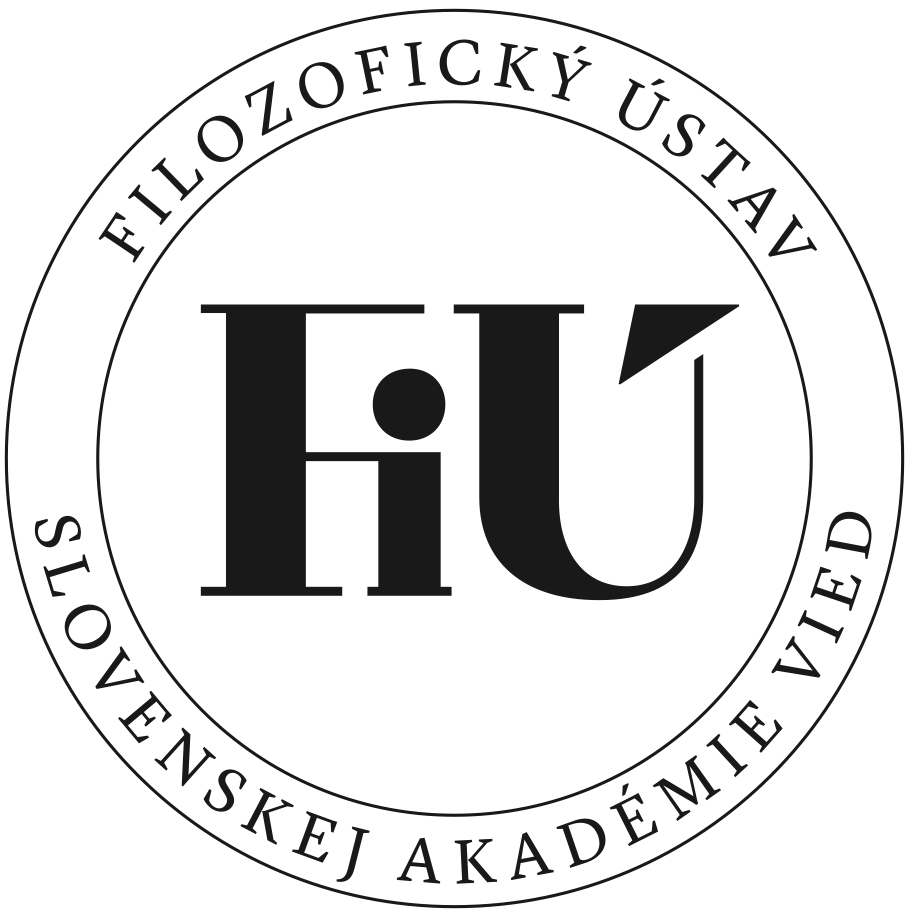Publication Details
On the Question of Mutual Influence
(Original title: K otázke vzájomného pôsobenia)
Filozofia, 24 (1969), 6, 600-613.Type of work: Papers and Discussions
Publication language: Slovak
Abstract
In the present study some aspects of the category of mutual influence are analysed. The author indicates that the relational and causal thought in sciences discovered only some aspects of the universal mutual influence. Thus, the causal-consequential relationships — in the given set of things (intrasystemic influence) as well as between sets (intersystemic influence) — are only a moment, a part of the general mutual connection of phenomena and events. Only in dialectical interactions even the sets themselves, the wholes totally turn into other wholes and sets. This regularity is in contemporary science clearly confirmed in the area of the transformations of elementary particles, and the interactions proper become realized by means of the fields. Even in the microworld a sort of penetration, permeation of the one objects by the other objects occurs, and these objects would not exist without realization of mutual influences. It holds in dialectics that a given influence from the phenomenon A does not become realized to the whole extent in the phenomenon B; therefore the effect is not equivalent to the cause. However, the causal-consequential relations are also symmetrical (as far as both space and time is concerned), though in another context effect has a backward influence upon cause. The material wholes at a certain moment by all their aspects do not interact with other wholes, since many aspects, things are in this interaction passive. However, relatively passive, meaningless aspects of the wholes are not negligible from the standpoint of the world on the whole; they are manifested in new contexts, moments of time. Therefore even they — as the elements of the reacting whole, without them the given whole would, not be what it is cooperate in the creation of a new whole, quality, structure, though this interaction is only indirect. It also should be mentioned that the development in the dialectically understood reality is not realized only in such a way that the elements of the given set genetically follow one another, but even then when in this continuity certain gaps arise. The development of the backward communities of imperial Russia, which after the October revolution „jumped over“ several social formations, may serve as an example. In such cases a regularity is involved in which less developed elements enter into mutual relations with more developed elements (social systems) of the given set. Therefore even the mutual correlations of the wholes of different levels acquire a specific character, unprecedented correlation connections are being formed, since the elements of the original whole need not exist in the new whole etc. As far as the mutual influence of objective things is concerned, it must be pointed out that thing becomes closed or „half-closed“ only towards certain impulses. It becomes objectively open to those influences which essentially support its existence. In the opposite case, everything would be determined by everything to the same degree; this would result in a chaotic conception of the world. It is admitted in scientific plihosophy that in reality interactions occur even of „uncompleted“, intensively changing properties, wholes, stimuli with comparatively stable (completed) aspects, wholes (the beginning of the building up of socialism — the capitalistic system). It is by the complicated crossing of bilateral influences that a certain atmosphere arises which coorespondingly affects the change of both the kinds of the wholes. Sometimes only formed entities dominate in the objective interactions, sometimes the opposite is true. This division is more clearly manifested in social reality; it cannot be, however, negated even in the area of nature. The category of mutual influence makes the concepts concrete which refer to the reflexion of the deep determinations of reality (law, essence, necessity, quality, structure). It unfolds, first of all, the category of structure, because it shows which interactions form a condition of the nature, character and specificity of the whole.
File to download: PDF
